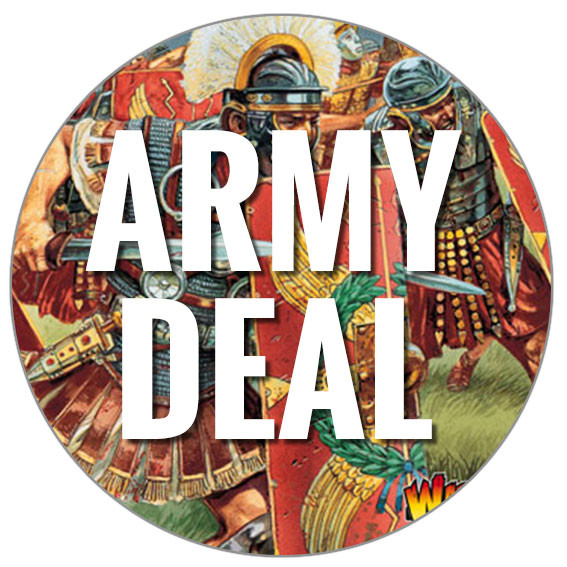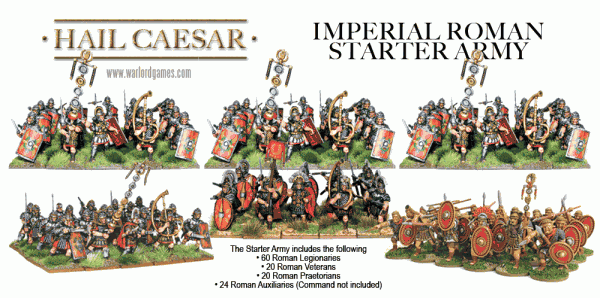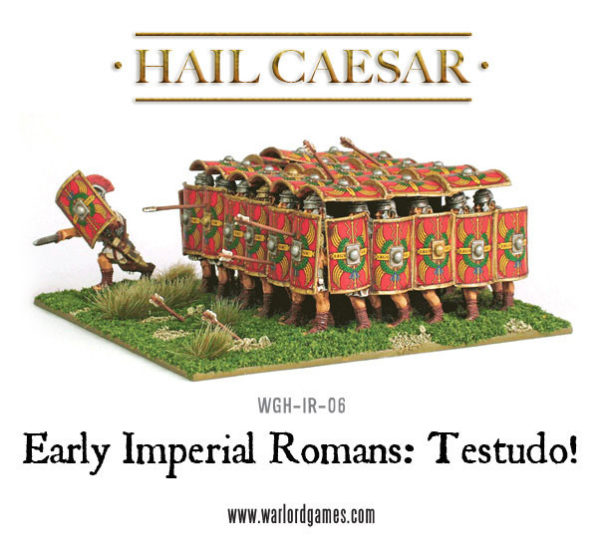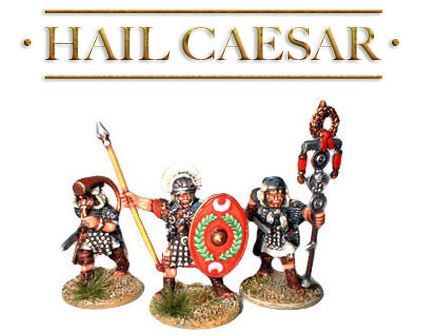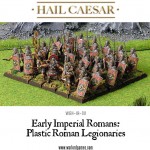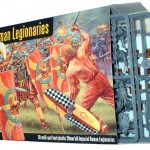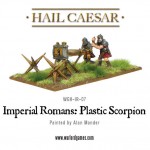We recently spotted some fantastic Romans appearing on Facebook and got hold of Shawn to find out more, discovering an extraordinary story beyond that of the fantastic miniatures…
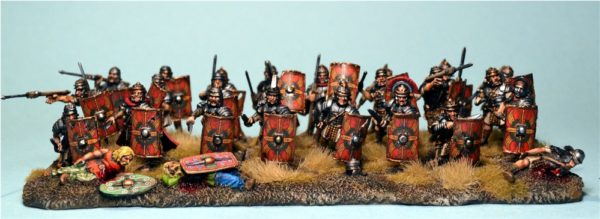
I’m Shawn Welte from the blog and Facebook page known as the Madhouse Workshop. I have been involved in the war gaming and miniatures hobby for over 20 years. This time last year I was just getting out of the hospital and entering the recovery phase after 11 hours of brain surgery for Acoustic Nueroma, aka Vestibular Schwarnoma, which is essentially a tumor that forms on the nerve cluster for hearing, facial nerves, and balance on the left or right side of your body.
This is a condition that affects around 1 out of 200,000 people annually in the United States. The surgery either goes in behind your ear through the skull, through the temple area, or in Shawn’s case directly through the ear canal to remove the large mass.
The tumor, thankfully, ended up benign, but the surgery time was double what they estimated it would be due to difficulty. The bad news is that they had to leave a very small portion of the tumor, for fear of permanently paralyzing the left side of my face.
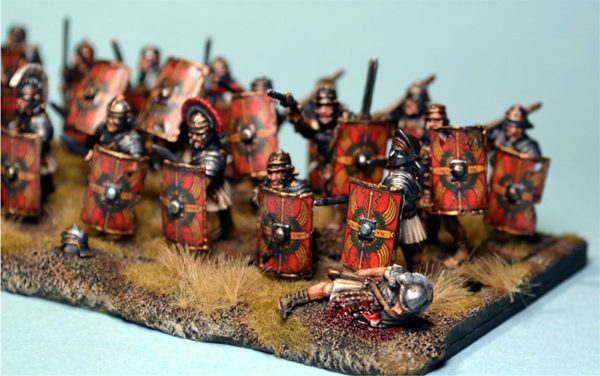
Eleven hours of surgery and being unconscious and strapped to a table for that long makes healing slow. Now I have 6 screws in my head and I lost close 25 pounds in two weeks after the surgery. Afterwards, I basically had to learn how to do things again without the balance nerves on the left side, 100% loss of hearing in the left ear, and having difficulty with my left eye, the temporary paralysis on the left side of face, and losing my sense of taste on the left side (which thankfully has returned), and just being weak and shaking.
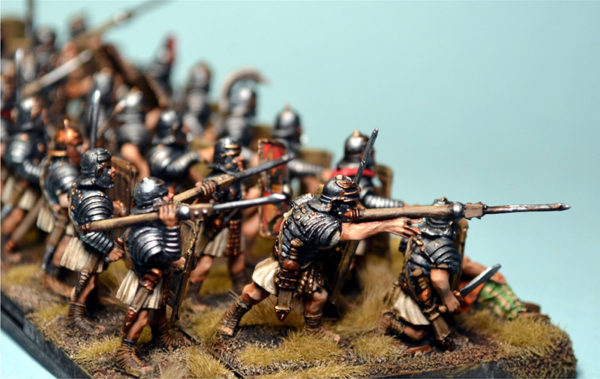
Some of the things went away in a couple months and some are continuing to heal slowly. To help in the healing I wanted to do something, get something done to get that feeling of progress. I started this unit of Early Imperial Romans (EIR) prior to the surgery with the intent of finishing them during my recovery. The unit was going to be added to my army that I had built a few years ago for playing in the Ancients Tournament at Adepticon held in Chicago, IL.
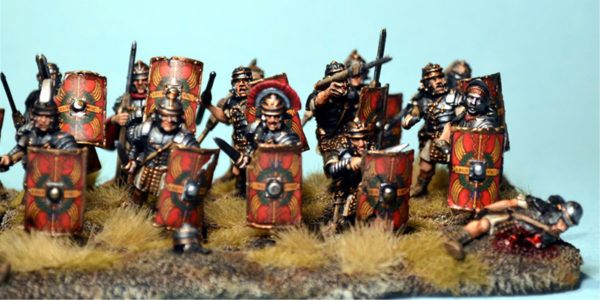
I already have an excess of musicians and standards from the previous army, that is predominantly built from the plastic box sets. So, this unit was going to be made up mostly of infantry to count as Veterans with a musician and standard to be added from my reserves.
The goal with the unit was to make something a bit more dynamic than my previous units, and to upgrade the movement trays with what I like to call eye-candy to help convey a story or assist in creating something more dynamic.
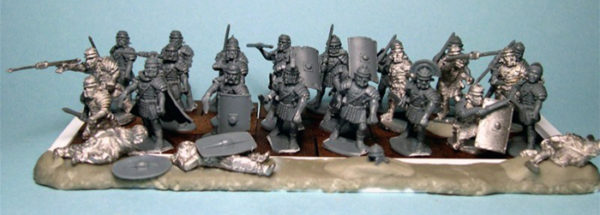
When I build armies, I like to attempt to make each model an individual. That can be hard to do at times, especially in rank and file armies that have a uniformity about them. For this unit, I decided to use some of the metal Early Imperial Romans that Warlord produced, also using bits from the regular EIR plastic box set, and of course the EIR Veteran plastics, one of the heads with a Roman like helmet from the Barbarians box set, and heads from the EIR plastic Praetorian box. In addition to all of that I converted a couple of the plastic models to hold the shields up as if a volley of arrows was coming at them. For these two models, I simply used a jewelers saw to cut the arms off, rotated and pinned them in place. I found all the sets are so interchangeable I plan to do more of this type of converting in the future units.
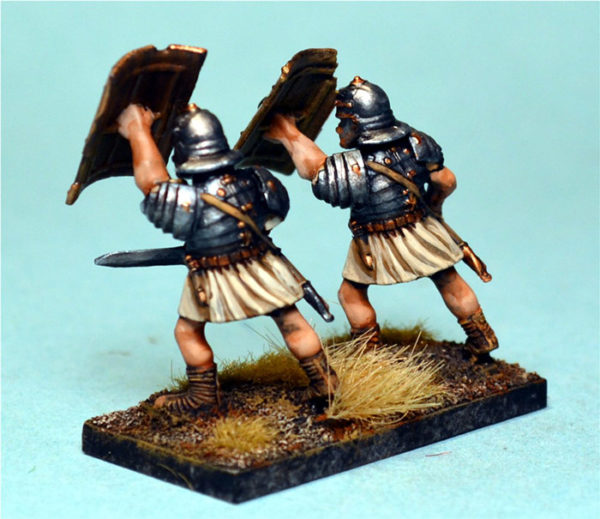
The standard Praetorian head has slots in it to add the horse hair crests to the helmet. What I have done with these is leave the crest off, and filled the slots with Green Stuff putty.
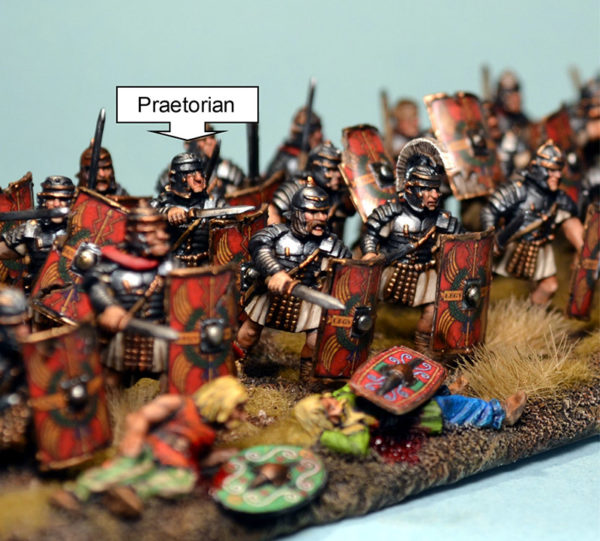
For armies, I generally paint over a black spray painted prime coat. I started out painting the tunics, then lorica and manica armor, then the flesh areas, then the leather areas. Basically, I take the approach of painting the hard to get at things first and work my way to the final details and touchup at the end. Having painted so much red on other projects prior to this one, I was decidedly tired of painting red, and decided to go with an off white for the tunics. I did this using Reaper Miniature’s Master Series, warm Ivory Bone triad, over a light brown base coat of Vallejo Model Color English Uniform.
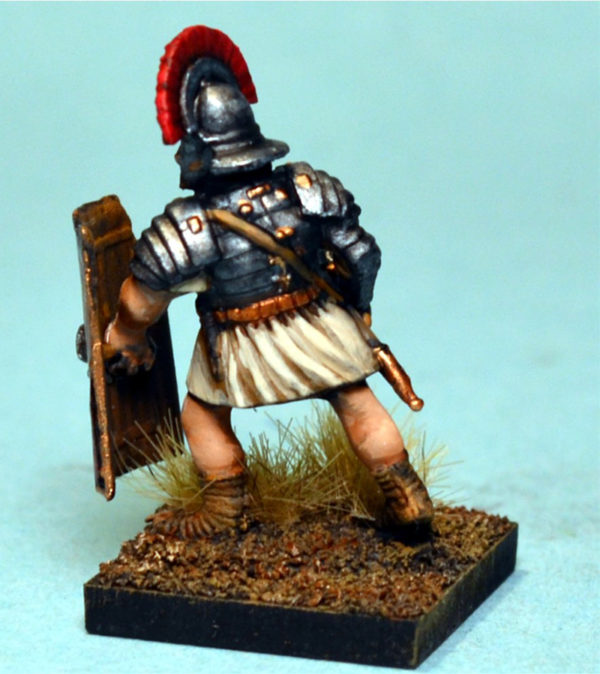
For painting the lorica, metal of the pilums, gladius, and manica I again went to Reaper Master Series Silver Metallics Triad. Once that was completed, I went back in to touchup shadows and shading and also to blend the transitions of the triad paints by doing multiple washes of watered down Vallejo Smoke and using Secret Weapons Soft Body Black. When doing this I’m concentrating the bulk my efforts to define the shadowy areas between what would be the plates and seams.
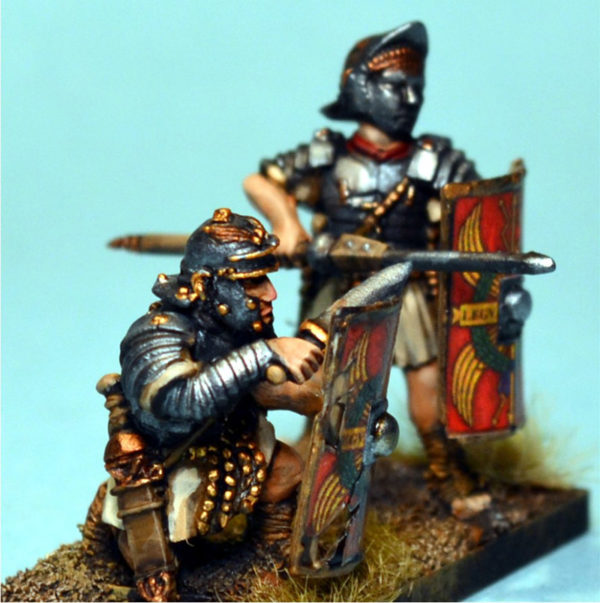
For painting the fleshtones on the models, I returned to the Reaper Masters Series flesh tone triads: Tanned Skin Triad consisting of: Tanned Shadow, Tanned Skin, and Tanned Skin Highlight and Fair Skin Triad consisting of: Fair Skin Shadow, Fair Skin, and Fair Skin Highlight. On the arms and legs I used the Tanned Skin triad, followed by a highlight of Fair Skin Shadow. For the Faces I use all six colors from the two triads, painting from dark to light. After that I mixed a small amount of Vallejo Red in watered down Tanned skin to pick out the rosy cheeks and lips. I finished of the flesh tones using a flesh wash ink to further help blend things together.
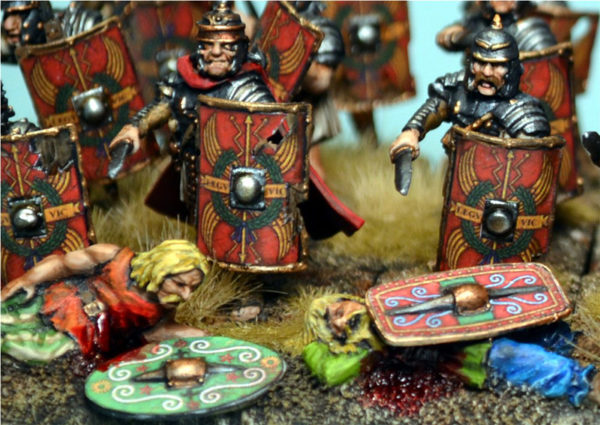
For the movement tray I wanted something to continue telling the story. For this, I built the tray out of plasti-card, sculpted the edges of the tray with some Aves Apoxie Sculp and added the Warlord Barbarian and Decimation casualties. Once I’d painted the casualties I painted some wounds up with reds, sprayed the unit and trays with clear coat and came back to the casualties painting the reds with Tamiya’s Clear Red.
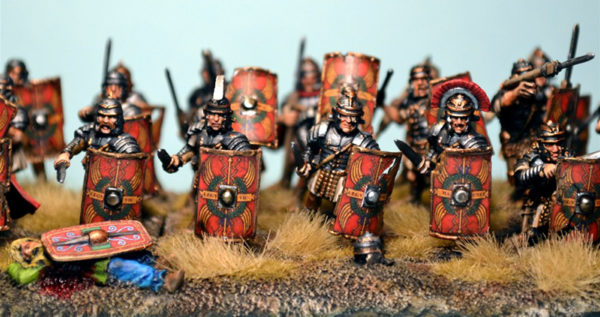
As always there is more to come in the future, and it’s all helping my recovery… see you over at Madhouse Workshop.
Hail Caesar range:
If you’re interested in starting your own range of these iconic ancient history armies then check out these from our Hail Caesar Roman ranges:
